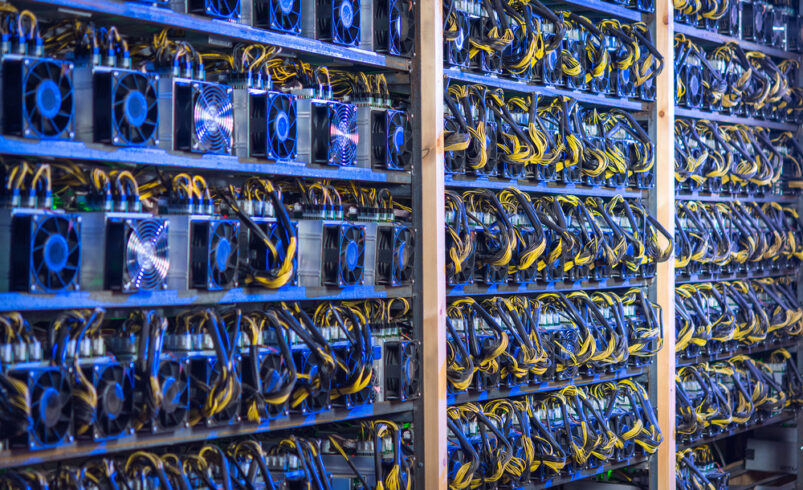What is a Crypto Mining Rig? What You Need to Know

What is Mining?
Mining is a process that is used to extract minerals from the earth such as metals etc. Blockchains is another industry that uses mining but it is a different process. A blockchain can contain unmined tokens that the network has not released yet.
Miners on the blockchain have to work or contribute in the administrative process in order to earn the newly minted tokens. Miners offer computational power to verify transactions on the blockchain and add them to the block.
What is a Mining Rig?
A mining rig is a project that is based on various computation units or machines. These machines are powered by GPU and they can also be a PC. Miners can set up a mining operation with one PC only if the hash power of a blockchain is not big. The main part of a PC used for mining is the data processing system.
Therefore, miners depend on GPU, ASIC, and FPGA to generate hash power and mint new tokens. Hash rate or hash power is the required amount of computational power that miners require to generate in order to solve the encryption code.
Miners focus on generating more hash power but they also try to keep operating costs such as electricity, maintenance, updating machines, and buying new units at minimum.
Miners are always looking for state-of-the-art data processing devices with lower energy input and higher output capabilities. A mining machine that generates massive hash power can lead to losses if it inflates the operational costs.
Types of Mining Machines
Here are some types of mining machines:
Personal Computer
Personal Computers are available in most households. They are the most fundamental and earliest type of mining rigs. Miners can use a personal computer designed for household use to mine cryptocurrencies.
When the blockchain was first introduced miners were able to mint new tokens on the blockchain using a simple CPU. At the time, the required hash power was between 8-20 kh/s which was possible using personal computers.
GPU
Graphics Processing Units or GPUs are popular among gamers and have a computational power reaching upto 121mh/s. Miners prefer GPUs on account of its data processing speed and its ability to allow miners to create a customized computer.
In this manner, miners can create a mining rig from scratch from a GPU and also incorporate updates.
ASIC
ASIC was introduced in 2012 and stands for application-specific integrated circuit. The hash power of ASIC unit is measured in terahashes per second. However, the ASIC are expensive and require big energy input.
At the same time, ASIC does not allow miners to verify transactions on a vast array of blockchains. Therefore, GPUs have remained a popular choice among miners.
FPGA
FPGA stands for Field Programmable Gate Arrays that are semiconductor devices. They are programmable machines that can be designed for specified applications and functionality.
The hash power generated by FPGA is as high as 25, 000 MH/s and they are used for lower speed, complexity, and volume designs. However, this product has added some new innovations increasing its utility such as DSP blocks, high-speed serial, and clocking.
Advantages of Building a Personalized Mining Rig
Miners can enjoy greater flexibility when opting to build a personalized mining unit. They can add or subtract components at their discretion and incorporate upgrades. In this manner, miners are able to maintain a profitable balance between mining costs and profits.
Customized mining rigs are cost-effective. Branded and ready-to-use mining rigs can be expensive to purchase and come with additional costs such as customs taxes etc. However, miners can harness good parts from different data processing units and save costs.
Conclusion
Mining rigs are one of the foundational units of a blockchain ecosystem. Miners are responsible to verifying the blockchain network, maintaining supply, and ensuring network integrity.












